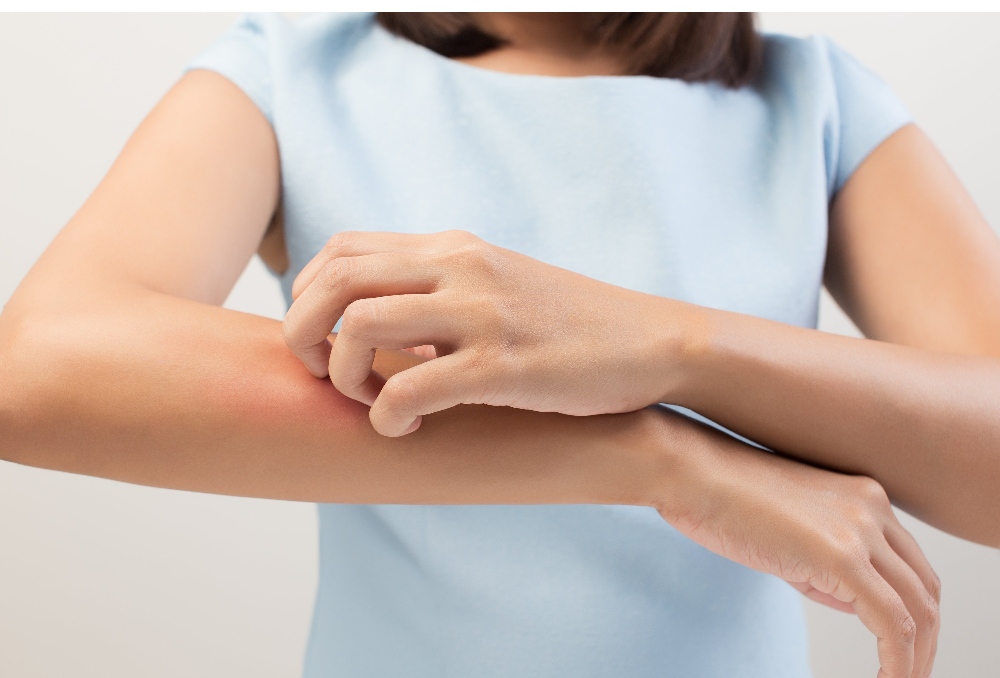which skin infection is caused by a fungus?
Fungal infections can wreak havoc on our skin and cause a range of uncomfortable symptoms. There are several types of these infections, including ringworm, athlete's foot, jock itch, and candidiasis. Each type can manifest in different parts of the body, and understanding their unique characteristics is crucial in managing and treating them.
 Athlete's foot is a common fungal infection that primarily affects the feet. It usually targets the skin between the toes, causing intense itching, burning, and flaking. The culprit behind athlete's foot is a type of fungus called Trichophyton, which thrives in moist environments like sweaty socks or shoes. This fungus can also spread from person to person through contaminated surfaces such as shower floors, towels, or gym equipment.
Athlete's foot is a common fungal infection that primarily affects the feet. It usually targets the skin between the toes, causing intense itching, burning, and flaking. The culprit behind athlete's foot is a type of fungus called Trichophyton, which thrives in moist environments like sweaty socks or shoes. This fungus can also spread from person to person through contaminated surfaces such as shower floors, towels, or gym equipment.
Ringworm, on the other hand, is a fungal infection that can affect the skin on the body, scalp, or nails. It is caused by a group of fungi called dermatophytes, which invade the skin's outer layer and cause circular, red patches. The infected areas can become itchy, scaly, and painful, and may even develop blisters or pus-filled bumps. Here are some tips for take care of bluster. Ringworm can be contracted through direct contact with an infected person, animal, or object.
Jock itch is a fungal infection that targets the skin in the groin area, including the inner thighs and buttocks. Like athlete's foot, it is caused by Trichophyton fungus and can spread through close contact or shared items such as towels or clothing. Jock itch can cause itching, burning, and redness in the affected area, and may also cause a rash or scaly patches.The causes of a rash are numerous and can range from allergic reactions to insect bites to certain medical conditions.
Candidiasis is a fungal infection caused by the Candida fungus, which can affect various parts of the body, including the skin, mouth, and genital area. It is more common in people with weakened immune systems, such as those with diabetes or HIV/AIDS. Symptoms of candidiasis can include itching, redness, and discharge, depending on the affected area.
Luckily, most fungal infections can be treated with over-the-counter antifungal creams or powders. Keeping the affected area clean and dry is crucial for preventing further spread of the infection. Practicing good hygiene habits like washing your hands frequently and **avoiding sharing personal items **can also help. If the infection persists or becomes severe, seeking medical attention from a dermatologist or healthcare provider is recommended. With the right treatment and care, fungal infections can be managed effectively, allowing you to get back to feeling like yourself again.

